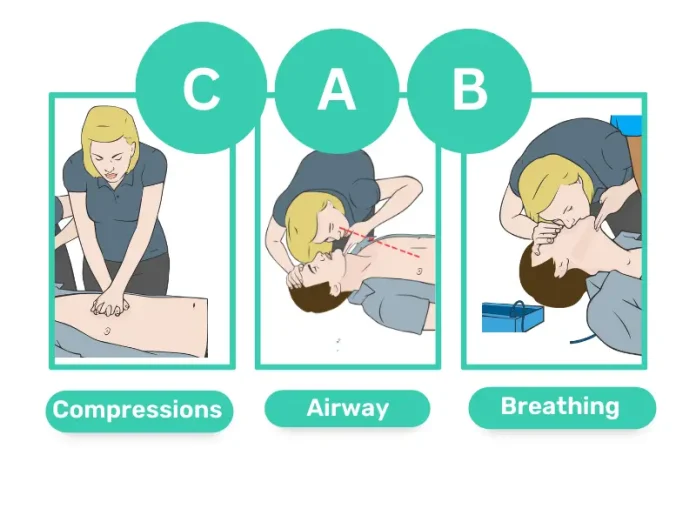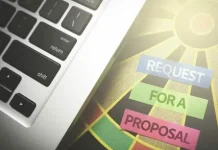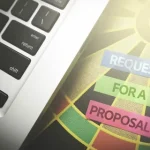How to Get Your CPR Certification: A Quick Start Guide
If you’re looking to earn your CPR certification, you’re taking a huge step towards being prepared to help others in emergencies. CPR (Cardiopulmonary Resuscitation) certification teaches you the skills needed to assist someone whose heart has stopped or who has stopped breathing. It’s a life-saving skill that can make a real difference in critical situations. In this guide, we’ll walk you through the steps to get your CPR certification, explain why it’s important, and highlight what to expect along the way.
1. Why CPR Certification Matters
Getting certified in CPR can prepare you to handle emergencies both at home and in public spaces. Heart-related emergencies are among the most common causes of sudden health crises, and CPR can help sustain someone’s life until professional help arrives. By becoming certified, you’re equipped with the knowledge to give proper chest compressions, rescue breaths, and use an automated external defibrillator (AED) when necessary.
2. Steps to Get Your CPR CertificationStep 1: Choose the Right CPR Course
Many organizations offer CPR certification courses, both in-person and online. Some well-known providers include the American Heart Association (AHA), the American Red Cross, and CPR Solutions. Consider the following when choosing your course:
- Course type: Look for courses that offer the level of CPR certification you need. Some courses are designed for healthcare providers, while others are aimed at general public members.
- Certification validity: Check how long the certification lasts, as some certifications need renewal every two years.
- Learning format: Decide if you prefer an in-person class or an online course. Both options are widely available.
Step 2: Sign Up and Complete the Training
Once you select a course, sign up, and review the schedule. CPR training courses usually include:
- Video modules: Many online courses offer video modules that teach step-by-step CPR techniques.
- Hands-on practice: For in-person courses, you may have practice sessions on CPR mannequins. Some online courses also offer hybrid options that include in-person practice with an instructor.
- Written tests: Some certifications require a short test to ensure you understand CPR’s basics.
Step 3: Pass the Certification Test
At the end of your course, you’ll likely need to take a test to demonstrate your knowledge. Don’t worry—it’s generally straightforward, covering the skills you learned during the training. Here’s what you can expect:
- Written test: A multiple-choice quiz on CPR fundamentals.
- Practical test: In some cases, you’ll perform CPR on a mannequin to show your skills.
Step 4: Receive Your CPR Certification
After completing the course and passing any required tests, you’ll receive your CPR certification. This may come in the form of a printed certificate, a digital badge, or both. Make sure to keep a copy on hand, as some workplaces require proof of certification.
3. What You’ll Learn in CPR Certification Training
CPR certification covers essential life-saving techniques that prepare you for emergencies. Here are some of the core skills you’ll learn:
- Chest Compressions: You’ll learn how to press firmly on the chest to keep blood circulating.
- Rescue Breaths: Courses cover giving breaths to someone who isn’t breathing to provide them with oxygen.
- Using an AED: Many courses include training on using an automated external defibrillator, which can help restart a heart that’s stopped.
- Recognizing Emergencies: You’ll also learn to identify situations that require CPR and when to act.
4. Why Choose an Accredited Provider?
Certification from an accredited provider ensures that your training meets industry standards. Recognized organizations like the AHA, Red Cross, or CPR Solutions guarantee that your skills are up-to-date and credible, especially if you’re seeking employment in healthcare or childcare. Choosing an accredited provider also ensures that your certification is valid in most workplaces and meets their requirements.
5. CPR Certification Renewal: Keeping Your Skills Fresh
CPR certification generally lasts two years, so it’s essential to renew it regularly to keep your skills fresh. Renewing your certification is typically faster than the initial course since it focuses on refreshing your knowledge. Here’s how to renew:
- Online refresher courses: Many providers offer shorter, online courses specifically for recertification.
- In-person practice: You may be required to perform a quick hands-on skill test.
6. How Much Does CPR Certification Cost?
The cost of CPR certification varies, generally ranging from $20 to $100, depending on the provider, format, and level of training. In-person classes may be more expensive than online courses, but they often provide more hands-on experience. Some organizations offer group discounts or employer-subsidized courses, so it’s worth checking if your workplace offers training.
7. CPR Certification for Different Needs
Different courses cater to various audiences. Here are the main types:
- CPR for Healthcare Providers: These courses are more comprehensive and include additional training on using specialized equipment.
- CPR for the General Public: These courses teach the basics of CPR, often with options to learn AED use.
- CPR for Babysitters or Nannies: If you work with children, you may need a pediatric CPR certification covering child-specific techniques.
8. Benefits of CPR Certification Beyond Emergencies
Having CPR certification offers benefits beyond emergencies. It’s a valuable skill to add to your resume, especially for jobs that involve caring for others. CPR certification is also empowering because it gives you the knowledge to respond confidently in a crisis. Whether at home, at work, or in public, you’ll have the skills to help others when it matters most.
9. Promoting Community Safety
By earning your CPR certification, you contribute to community safety. The more people who are trained, the safer our communities become. Being CPR certified means you’re ready to act in unexpected situations, potentially saving lives.
Ready to get your CPR certification? CPR Solutions offers accredited training to help you gain confidence in CPR. Sign up today and equip yourself with life-saving skills that can make a difference when it counts!







